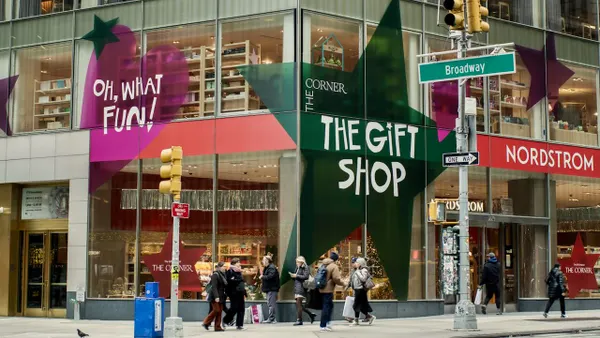Dive Brief:
-
The American brick-and-mortar landscape continues to undergo a massive retraction, but that's tempered by store openings that largely reflect a new wave in physical retail. Year to date, U.S. retailers have announced 5,399 store closures and 2,396 store openings, compared to 5,726 closures and 3,243 openings for all of 2018, according to the latest Coresight Research store tracker report.
-
Bankrupt Midwestern discounter Shopko offered the notable closure story of the week, with plans to shutter 120 stores on top of 251 from earlier in the year. Shoes of Prey is also closing down, which will free up space in Nordstrom stores in the U.S.
-
But the report also noted openings. Hudson Yards in Manhattan, which opened to the public on March 15 to great fanfare, holds 720,000 leasable square feet anchored by Neiman Marcus. And Ikea will open its first U.S. small-format store in Manhattan next month, Coresight said.
Dive Insight:
It remains to be seen just how many shoppers Manhattan's new Hudson Yards will be able to attract consistently, and the massive new development's tie-up with struggling Neiman Marcus only complicates that.
But the urban mall is doing many of the right things, treating much of its space as a gathering place, with food and art balancing out both high-end and middle-brow shopping opportunities.
Ikea is also moving into Manhattan, as has Target. And Target has made significant changes to its shopper center-based stores as well. The mass merchant is in the process of overhauling 300 this year — on pace to revamp 1,000 by 2020, according to a weekend report by the Minneapolis Star-Tribune.
The stark retreat in brick and mortar demonstrates the ongoing challenges brought on by the wide assortment and convenience of e-commerce, which means that physical stores must be all the more alluring. In-store shoppers tend to be older, research shows, including a report last week from marketing firm Valassis, which found that those making most of their purchases in stores are "primarily baby boomers," while millennials and Gen Xers, especially those with children, gravitate online.












